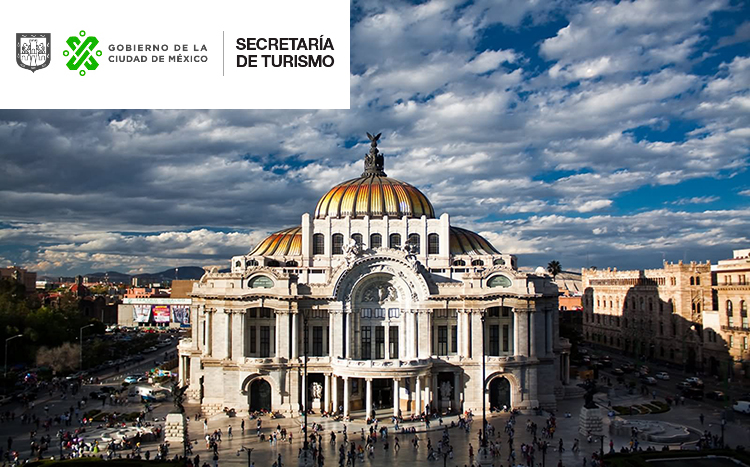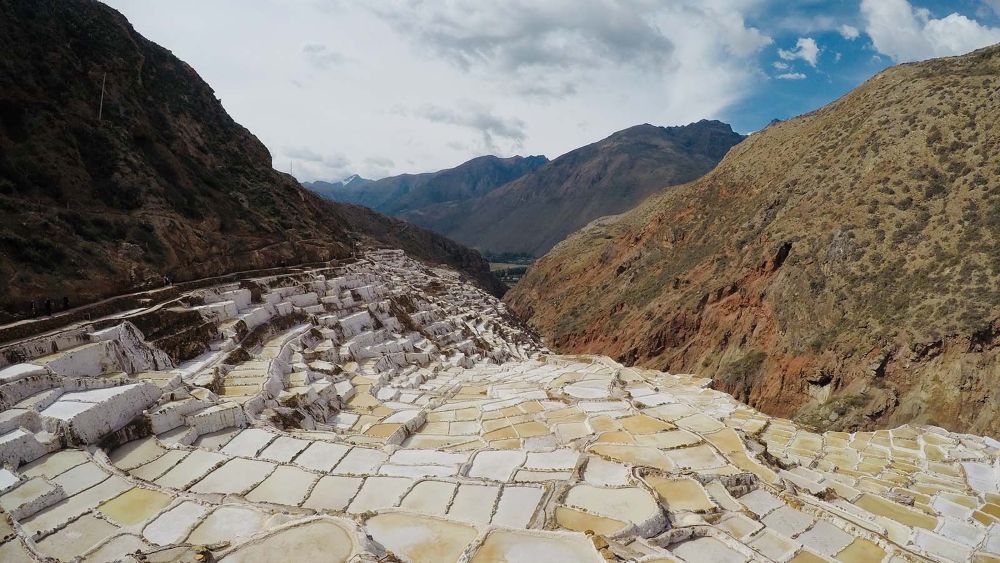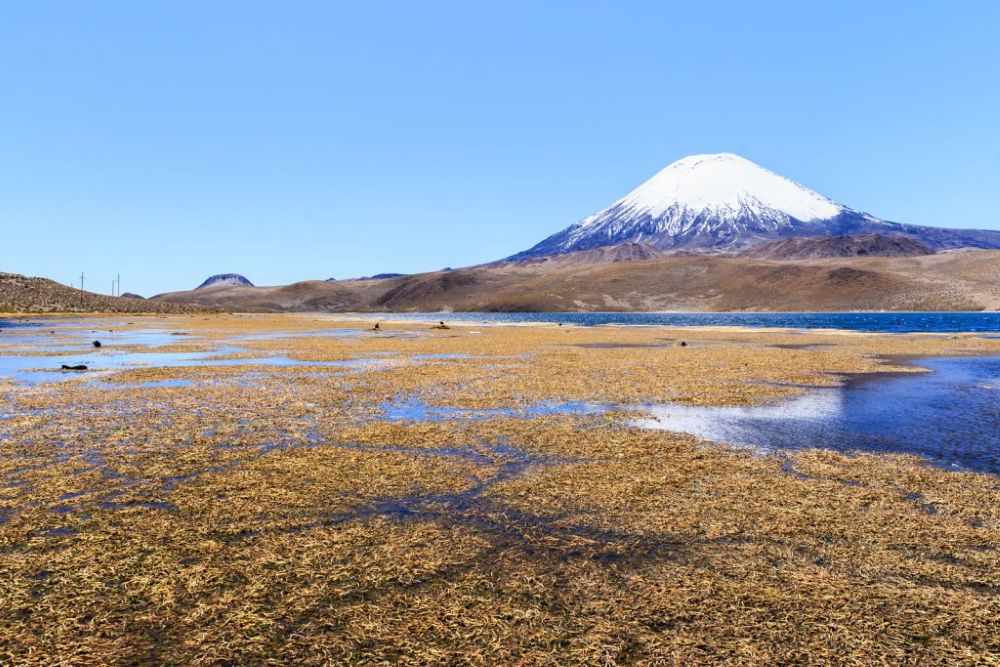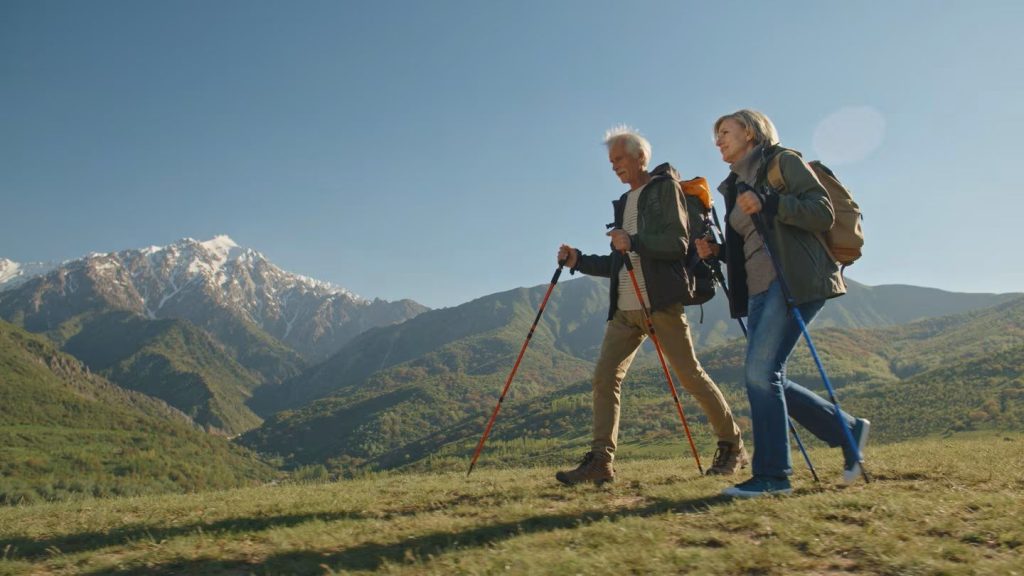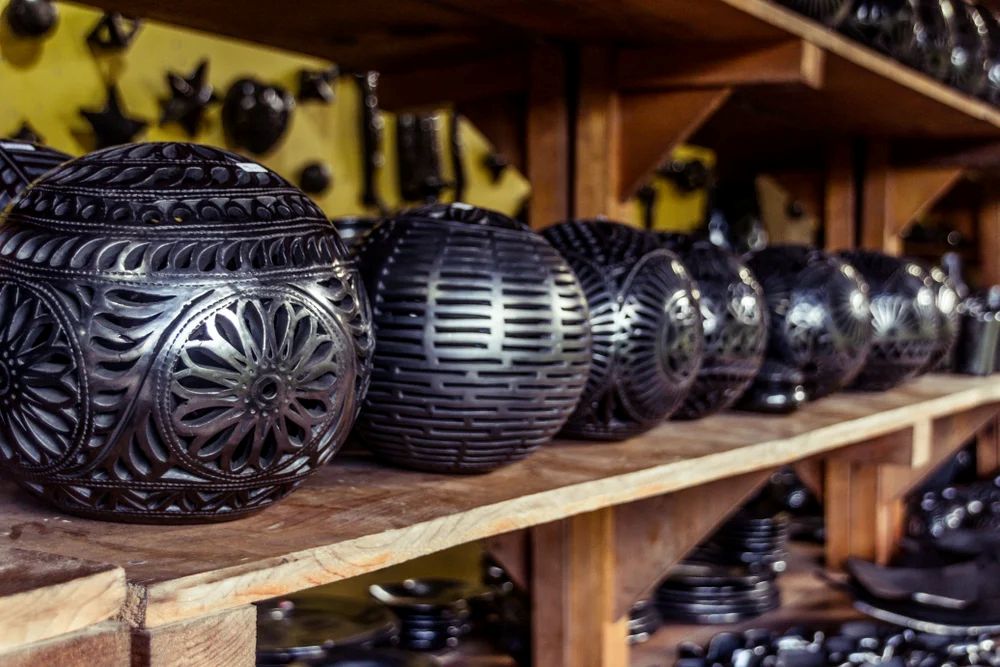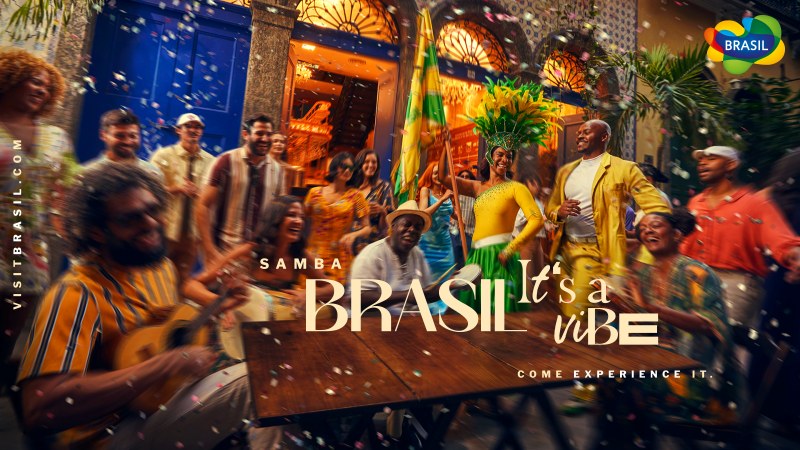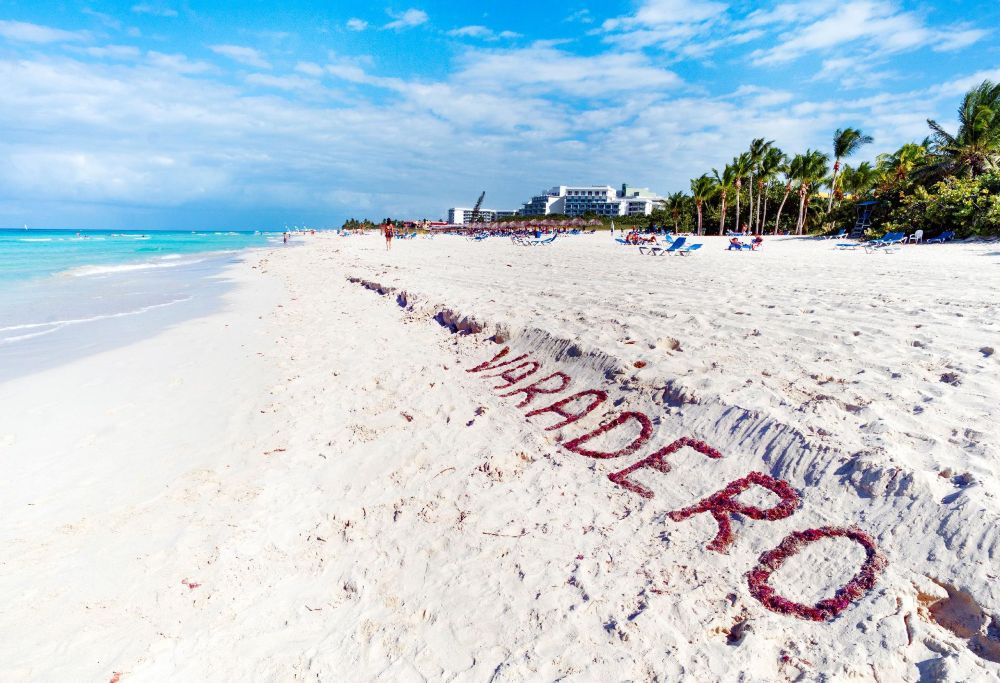Carlos Mackinlay, Tourism Secretary of the city of Mexico
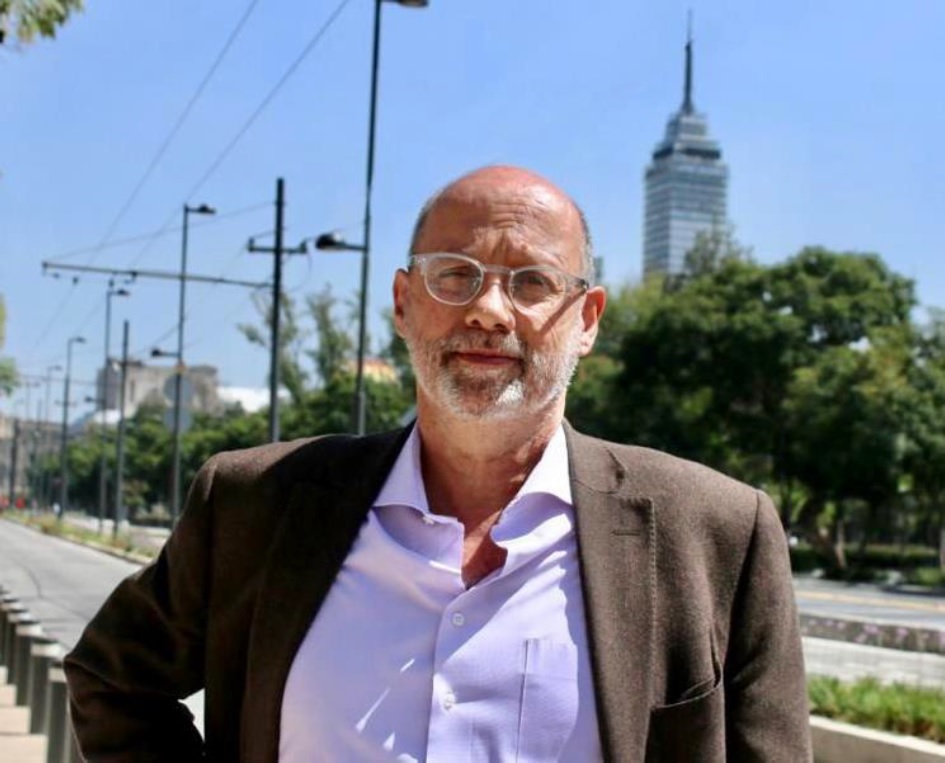
Visit Latin America: What is the current situation of tourism in Mexico City?
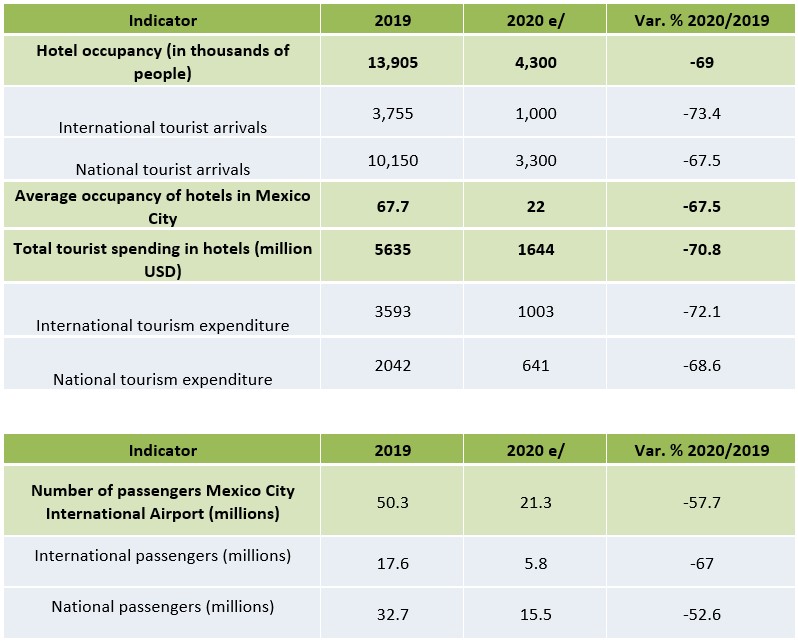
Sources: Secretariat of Tourism of Mexico City / Mexico City International Airport
VLA: What are the health requirements for travellers to Mexico?
Many countries have imposed restrictions on people travelling from countries where COVID-19 is active. However, Mexico has not adopted any restrictions on the entry of its visitors. Since March 2020, Mexico City has put in place various protocols to safeguard the health and well-being of its population and visitors.
Last September, the Government of Mexico City, through the Ministry of Tourism and the Mixed Fund for the Promotion of Tourism, announced the “Safe Tourism” programme, which aims to boost the travel industry in the metropolis through responsible practices and health protocols endorsed by the “Mexico City Tourism Safety Label” and the “Safe Travels” seal of the World Travel and Tourism Council (WTTC).
In this respect, these certificates will help to recover the tourism competitiveness that distinguishes the “Cultural Capital of America”.
VLA: Is it easy to move around Mexico City and its surroundings?
Mexico City is one of the largest cities in the world with a population of almost 9 million people (similar to the number of people in London City), while the entire Mexico Valley metropolitan area has a population of over 21 million.
Without a doubt, it is a city that offers a lot to its visitors; an exciting history with a majestic architecture that is composed by the mixture of tradition and modernity, an incredible gastronomic offer, museums, shops and markets among other attractions. Public transport is one of the best options for getting around :
Taxi: private car service, very comfortable and probably the cheapest in the whole country and in the world.
Metro: public transport, with access to almost all the important tourist areas of the city. A metro journey costs 5.00 pesos (about 0.25USD).
Metrobus: these are buses that run on their own lane, allowing you to avoid traffic and see the city while you’re on the move. The price is the same as the metro.
Mobile applications: these are also a good option for getting around the city. Apart from the most famous, Uber, there are several others that work with a similar system.
VLA: What recommendations would you make to get to know the city and what are the places not to be missed?
To all those who visit Mexico City, the cultural capital of America, I recommend that you come with all the attitude and energy you need, because this great metropolis hosts activities of all kinds 24 hours a day, 7 days a week, and there won’t be enough time to enjoy all the advantages that our beautiful city has to offer; among the “must-see” sites there are :
TEMPLO MAYOR
The site is known as the Templo Mayor, because here are the remains of what was the main building of the ancient city of Tenochtitlan. This ancient sacred enclosure is located in the heart of Mexico City. It was built by the Aztecs in honour of Huitzilopochtli and Tlaloc. The temple was considered the centre of the universe.
HISTORICAL CENTRE
The historic centre of Mexico City is the largest in Latin America and the main destination for cultural tourism in the country. The best way to get to know it is to walk around and enjoy places such as the Plaza de la Constitución or the Zócalo, the National Palace, the Metropolitan Cathedral, the National Art Museum (MUNAL) among many other architectural jewels. It was declared “Cultural Heritage of Mankind” by UNESCO in 1987.
XOCHIMILCO
Located to the south of the city, Xochimilco, which in Nahuatl means “field of flowers”, is characterised by a series of rainwater canals created by the Aztecs when the valley of Mexico was almost entirely made up of lakes and lagoons. It is a spectacular place to sail the trajineras (traditional flat-bottomed boats), admire the flowers and taste the traditional local food.
MARIACHIS
Plaza Garibaldi is another must-see spot in Mexico City. Thanks to its musical essence, characteristic of Mexican culture, the mariachi house located in downtown CDMX is one of the busiest tourist places, imbued with a festive atmosphere unique in the world, surrounded by bars and traditional canteens to enjoy a mezcal or tequila.
NATIONAL ANTHROPOLOGY MUSEUM
Undoubtedly one of the most spectacular museums in the world, it is a basic element when it comes to getting to know pre-Hispanic cultures. Its collection includes the country’s archaeological and ethnographic collections.
Inaugurated in September 1964, it is considered the largest museum in Latin America.
THE HOUSE-STUDIO OF LUIS BARRAGÁN
The house was built in 1948 by the architect Luis Barragán, the greatest architect of the Mexican building design of the 20th century. It is one of the most influential and representative works of contemporary architecture in the world, recognised by UNESCO as a World Heritage Site in 2004.
INDEPENDENCE MONUMENT
Known colloquially as “El Ángel” (The Angel), the monument is a starting point and a port of arrival for the inhabitants of the city and those who visit us. This mausoleum houses the remains of 14 national heroes and consists of a stepped base, a 35-metre-high column with the statue of the Winged Victory as its summit. It is located on Paseo de la Reforma Avenue.
CASTILLO DE CHAPULTEPEC
The Chapultepec Castle, located in the forest of the same name in Mexico City, houses the National History Museum, an enclosure that tells the important stages of our country’s history. If its walls could talk, they could tell us the details of the stay of Emperors Charlotte and Maximilian I, the events during the Battle of the Niños Heroes (Child Heroes) when the site was the headquarters of the Military College. From its Alcázar, the view over the whole of Mexico City is spectacular.
TEOTIHUACÁN
The City of the Gods, Teotihuacan is an archaeological site located 40 kilometres northeast of Mexico City, in the neighbouring state of Mexico. In Náhuatl, it means “the place where men became gods”. The area is home to some of the most remarkable ancient pyramids in the world, including the Pyramid of the Moon and the Pyramid of the Sun. According to legend, this is where the gods met to plan the creation of man. The site was declared a World Heritage Site by UNESCO in 1987.
FRIDA KAHLO MUSEUM – CASA AZUL
This is the house where Frida Kahlo was born, lived and died. Inside are some of her most famous works such as “Viva la Vida”, her diaries, her dresses and her bed. It is the meeting place of the bohemian life of the capital in the 30s and 40s, where she lived with the great muralist Diego Rivera.
SAN JUAN MARKET
This is a set of four public markets located in the San Juan district, in the historic centre, considered one of the oldest in the city. Today it is Mexico City’s gastronomic market par excellence, where the city’s best chefs source quality products.
VLA: What message would you like to send to tourism professionals?
Whether they visit Mexico City for business or pleasure, they will be captivated not only by the wide range of tourism offerings it offers, but also by the way it is constantly reinventing itself through innovative and creative elements. On the other hand, it is important to consider that it is an important business destination with modern facilities and specialised services for business travellers, exhibitions, meetings and congresses.
Mexico City is a vanguard metropolis, a city in constant evolution ready to embrace new trends. You can be sure that when you visit us you will find an extraordinary city.

